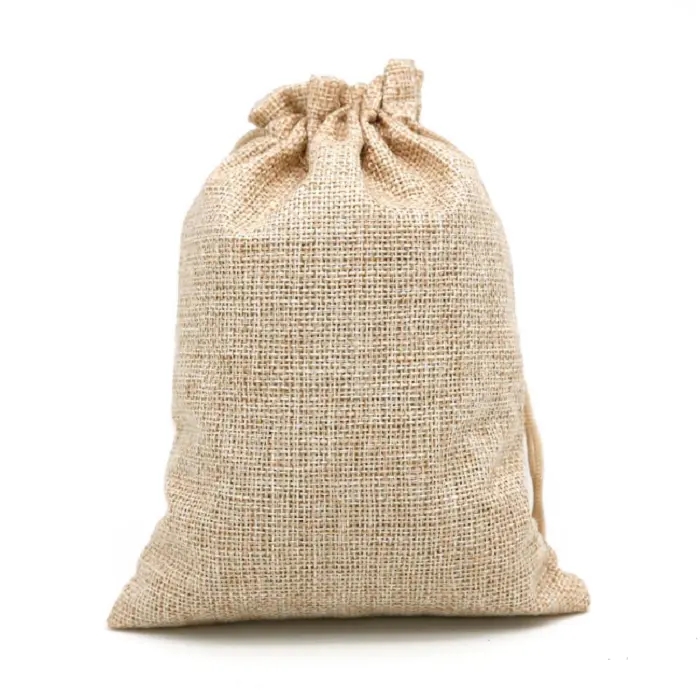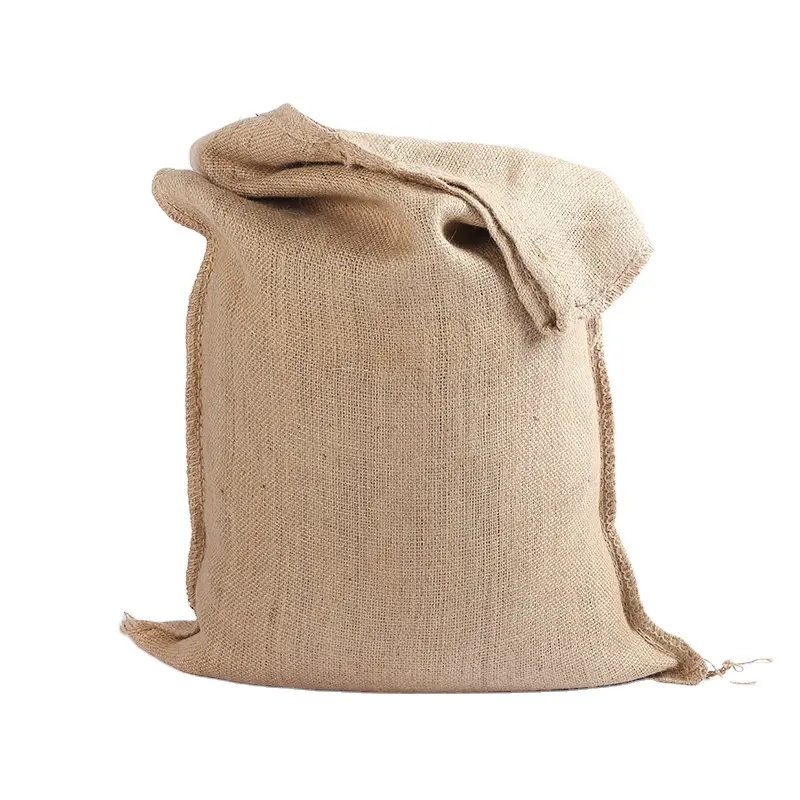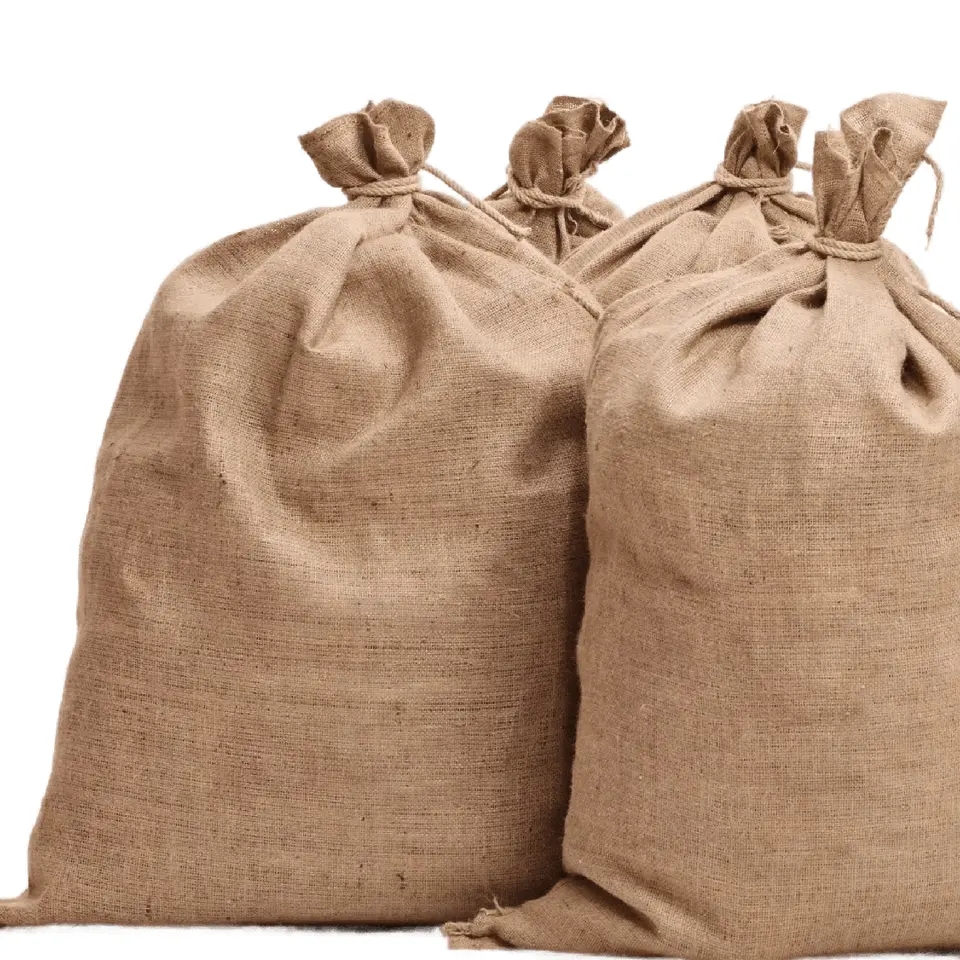Introduction
As global awareness about environmental sustainability intensifies, industries are seeking packaging solutions that minimize their ecological footprint. Among these alternatives, jute sacks have emerged as a frontrunner due to their inherent qualities and environmentally conscious benefits. This article takes a deep dive into the attributes, versatile applications, and contributions of jute sacks in paving the way for a greener future.
1. Exploring Jute Sacks
Jute sacks embody a harmonious blend of nature’s strength and human innovation. Woven from the fibers of the jute plant, these sacks are a tribute to sustainability, providing an eco-friendly packaging option that stands out in a world grappling with plastic pollution.
2. Multifaceted Uses
2.1 Guardians of Produce In agriculture, jute sacks play a pivotal role in preserving the freshness and quality of harvested goods. Their permeable nature facilitates air circulation, preventing mold and moisture buildup, and extending the shelf life of crops.
2.2 Sustainable Aesthetics The marriage of aesthetics and sustainability is evident as jute sacks grace retail shelves. These sacks exude a rustic charm that resonates with consumers seeking products packaged in environmentally conscious materials.
2.3 Branding with Purpose Customized prints on jute sacks offer businesses an opportunity to communicate their commitment to sustainability. Brands can showcase their ethos while aligning with a consumer base that prioritizes eco-friendly choices.
3. Nurturing Environmental Benefits
3.1 Natural Decomposition Unlike synthetic counterparts, jute sacks are biodegradable and compostable, returning to the earth without leaving behind harmful residues. This aligns with the principles of the circular economy and reduces the burden on landfills.
3.2 Reduced Carbon Footprint The production of jute sacks requires fewer resources and less energy compared to conventional plastic packaging. This contributes to a reduced carbon footprint and a more sustainable manufacturing process.
3.3 Regenerative Crop The cultivation of jute supports soil health and biodiversity. As a regenerative crop, jute improves soil structure, reduces erosion, and enhances overall ecosystem quality.
3.4 Plastic-Free Advocacy By adopting jute sacks as a packaging solution, businesses actively combat plastic pollution. This choice resonates with the growing movement against single-use plastics and underscores a commitment to a cleaner environment.
4. Pioneering Sustainability
In an era where sustainable practices are paramount, businesses that incorporate jute sacks into their packaging strategies are pioneers of change. They align their operations with evolving consumer preferences and contribute to the collective effort to create a more sustainable world.
5. Conclusion
Jute sacks are more than just packaging materials; they embody a philosophy that champions nature’s gifts for a greener future. With their durability, versatility, and eco-friendly attributes, jute sacks stand as a testament to innovation that respects the environment. By embracing these sacks, businesses take a confident stride towards a sustainable tomorrow, showcasing their dedication to responsible packaging practices that benefit both their bottom line and the planet we call home.



